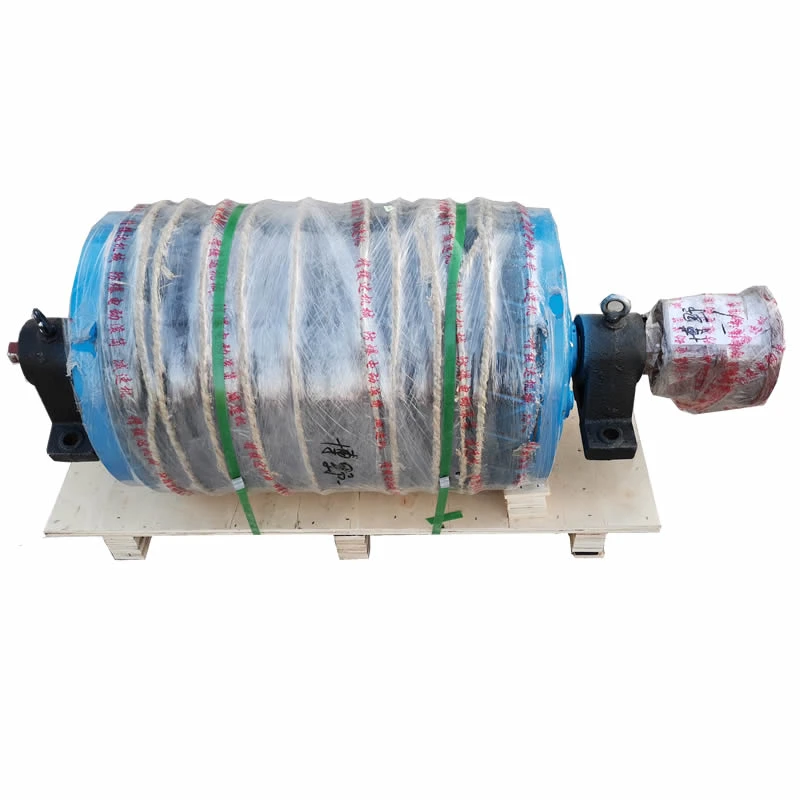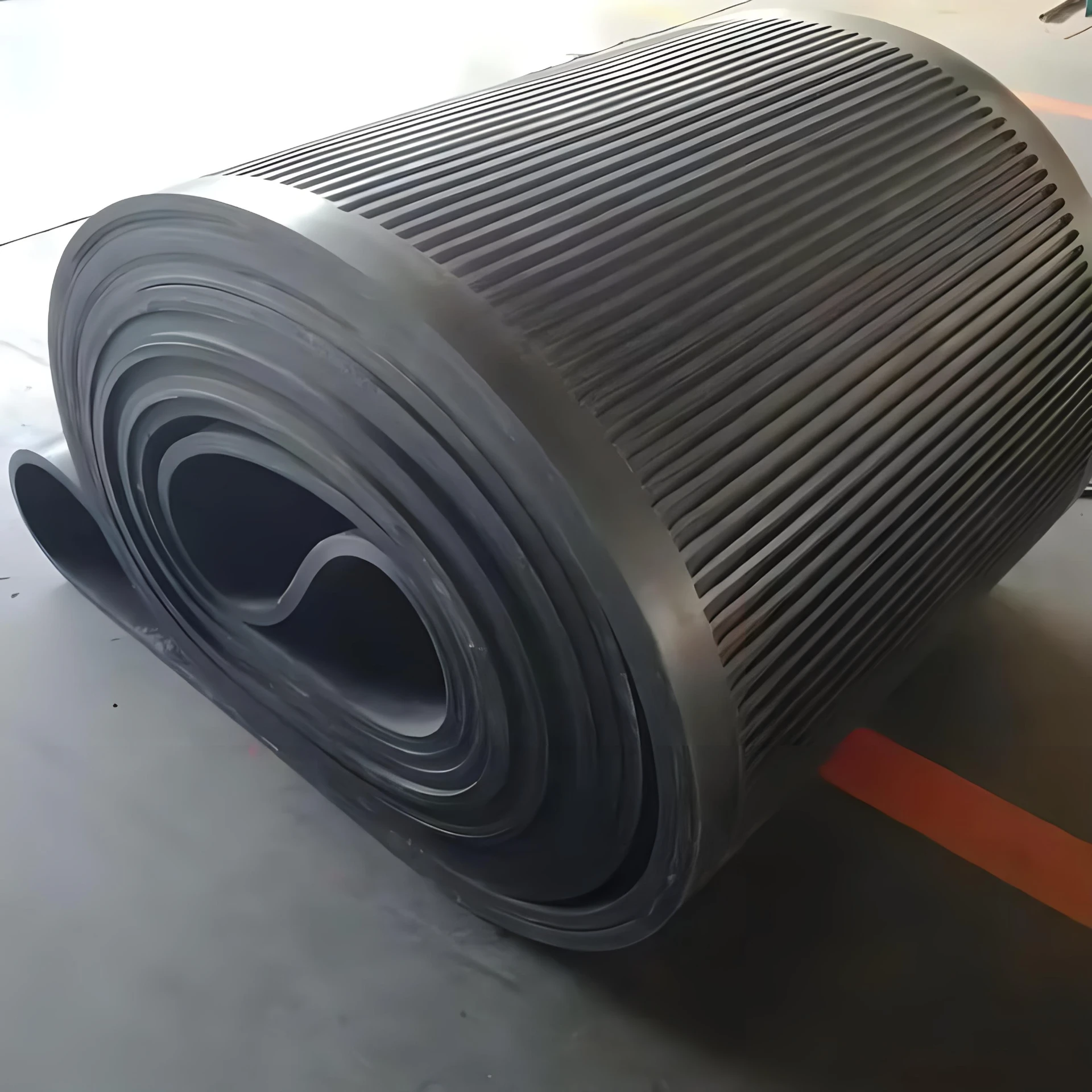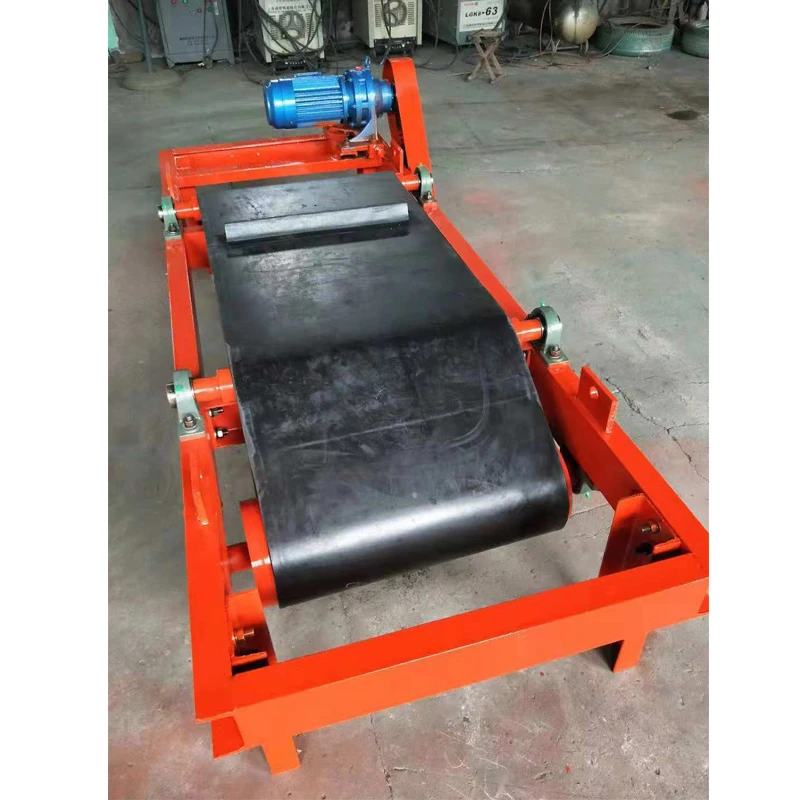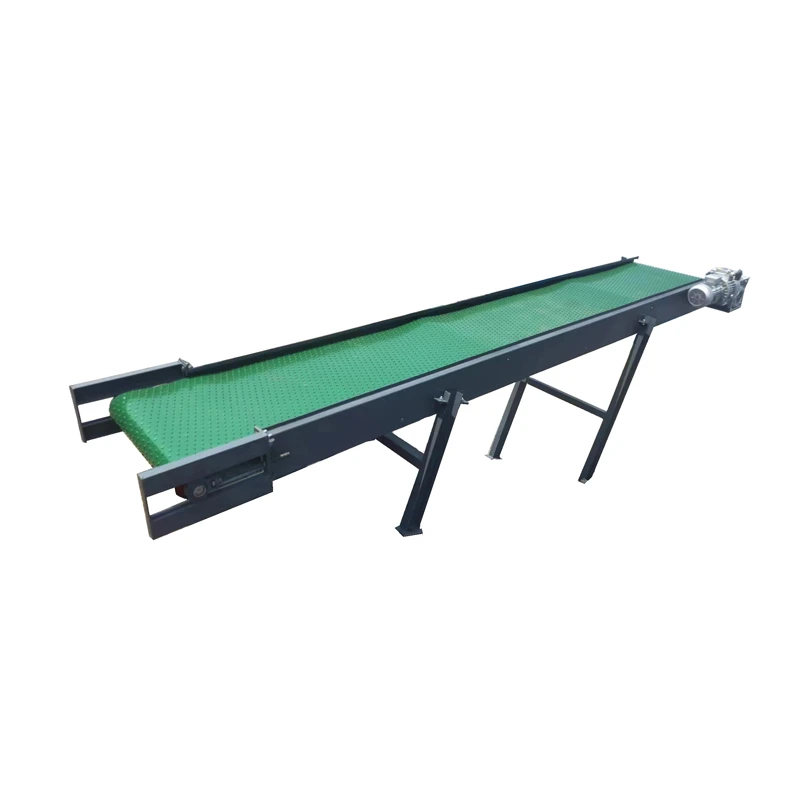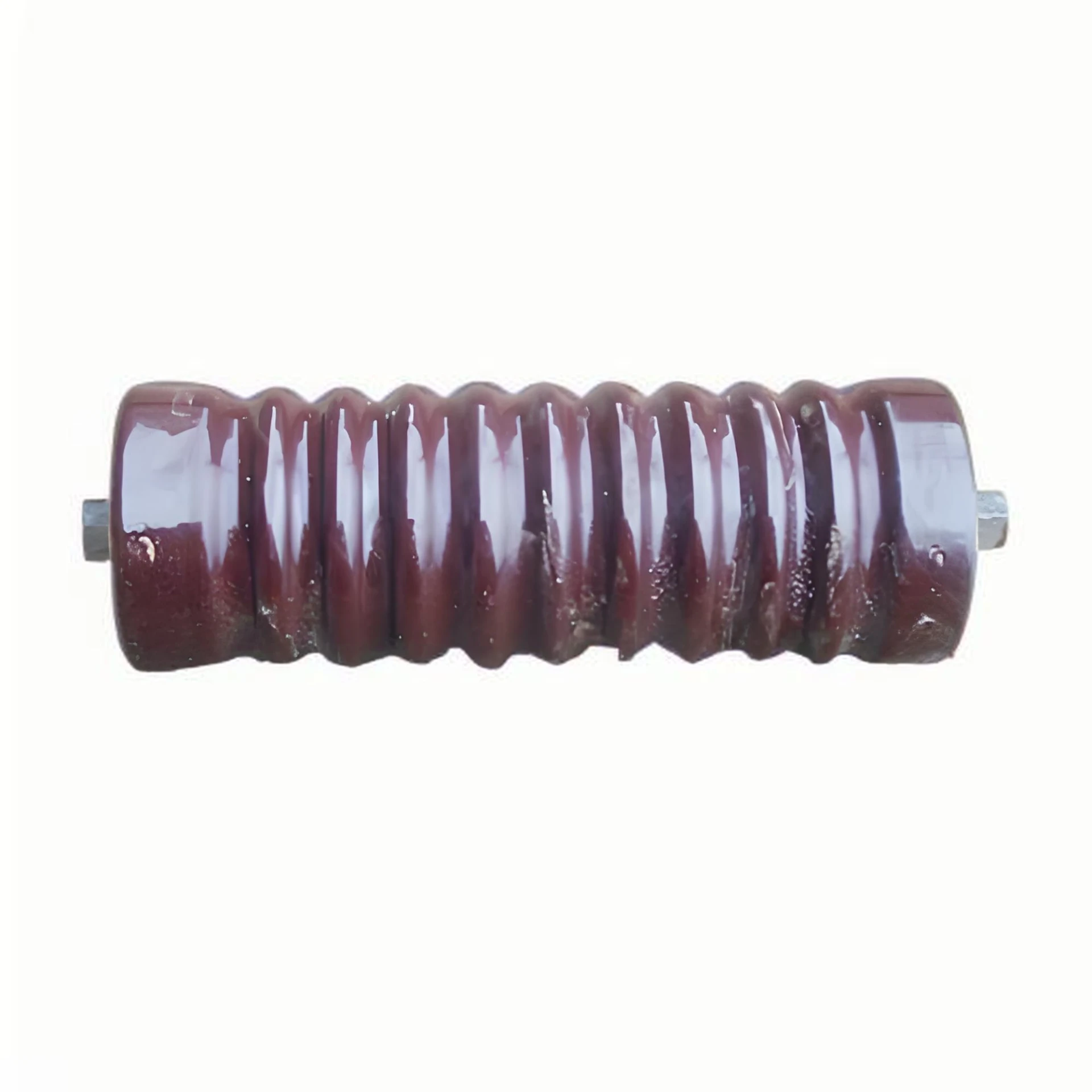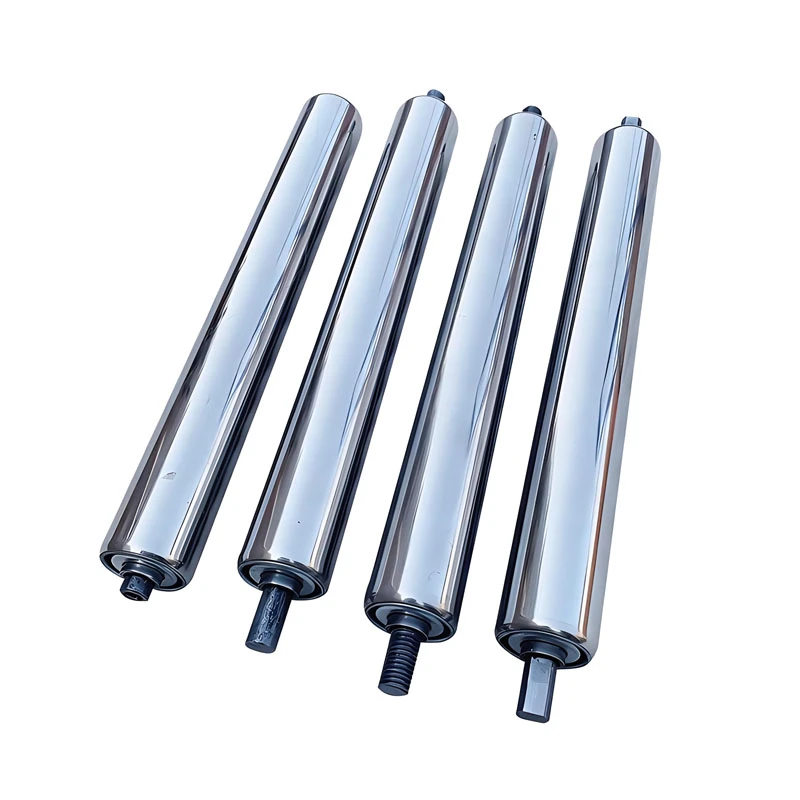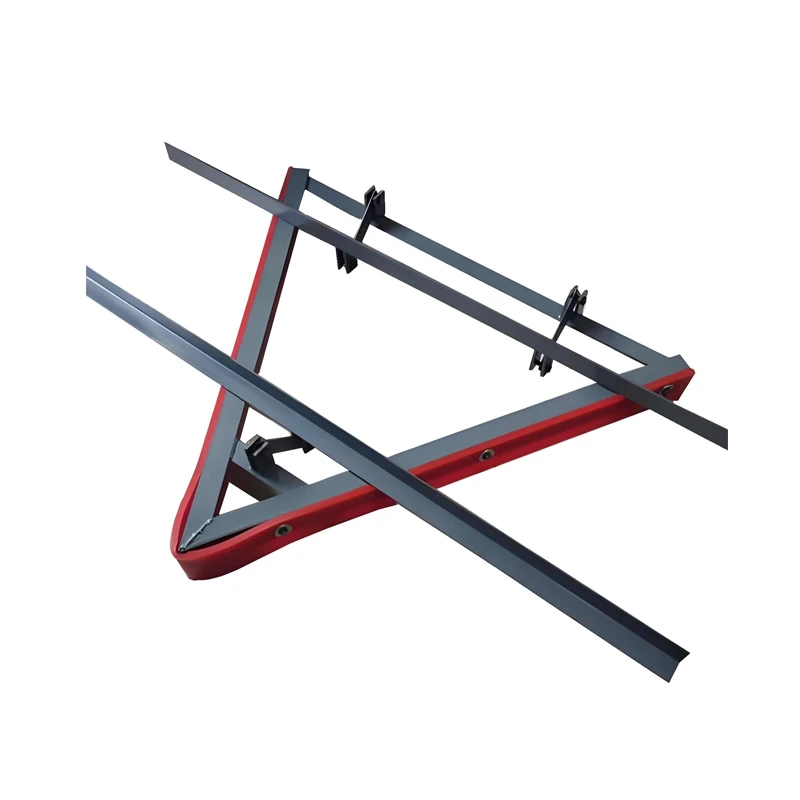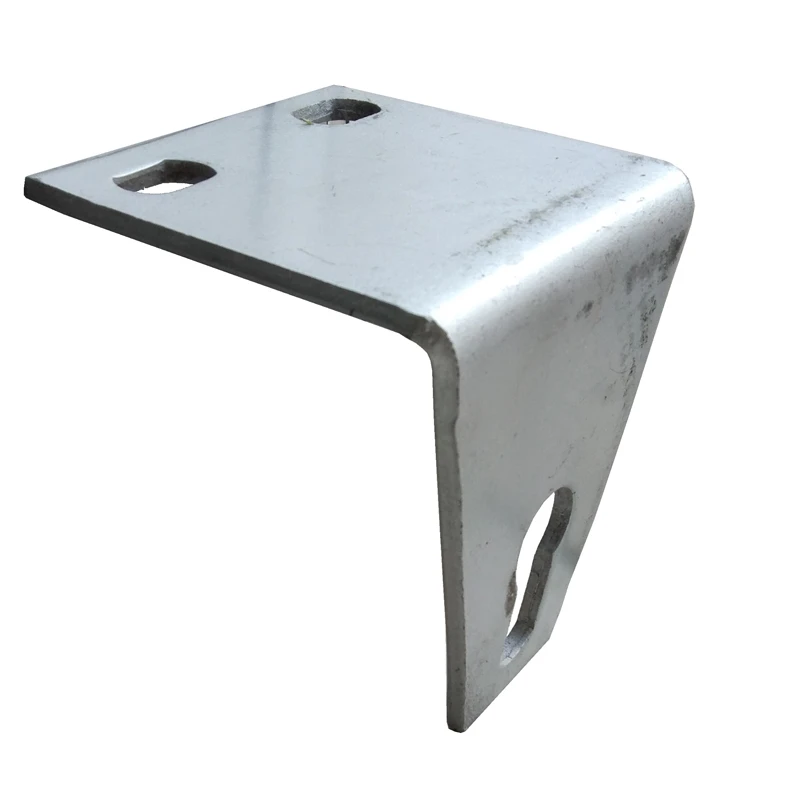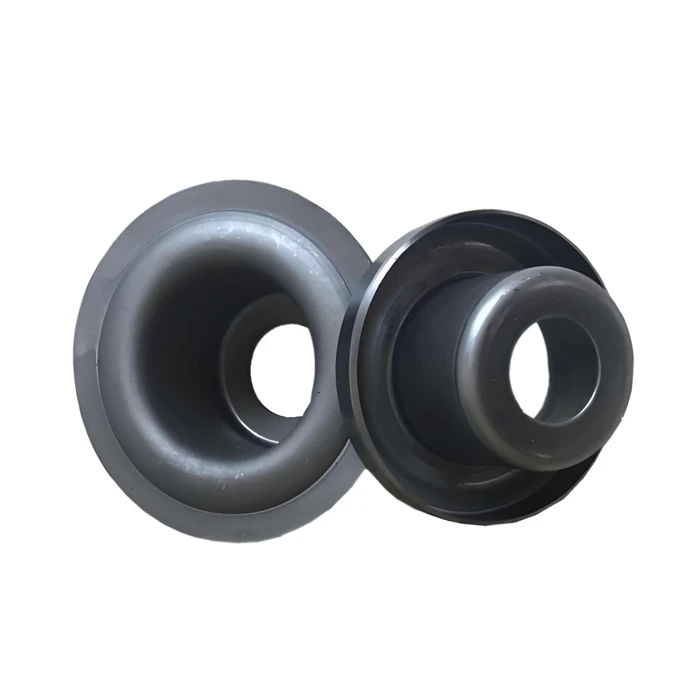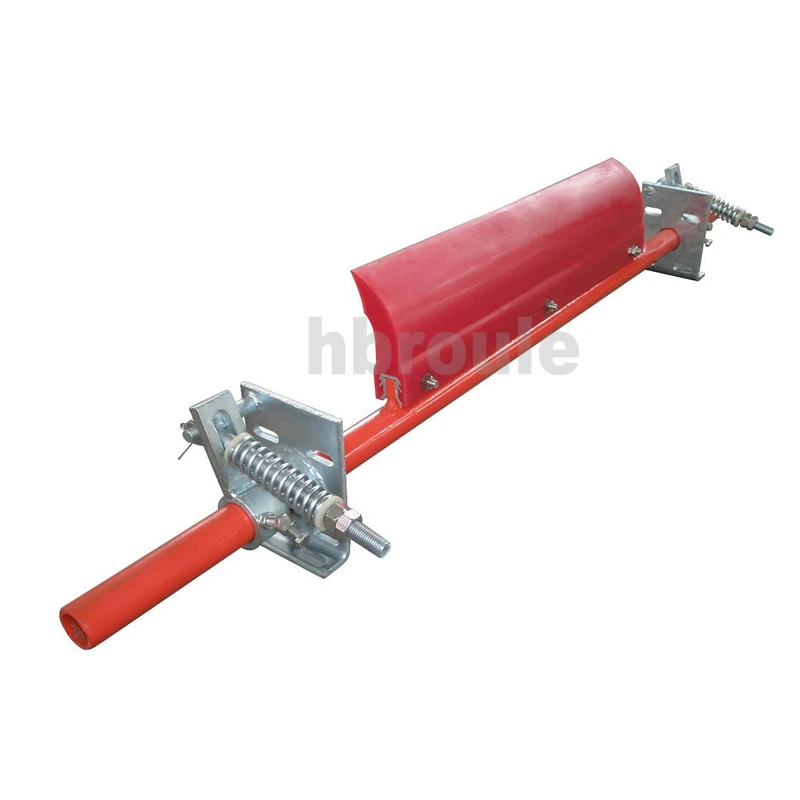Conveyor belts are the lifeline of material handling operations. When belts break or need to be joined, a reliable belt fastener becomes essential to restore productivity with minimal downtime. Whether you’re building a new system or maintaining a high-wear line, choosing the right belt conveyor fasteners ensures a secure, lasting splice—without excessive wear or complicated tools.
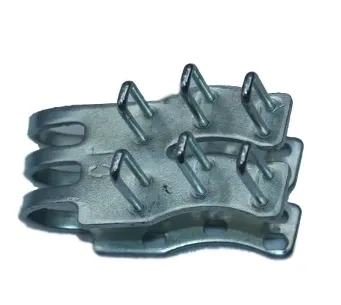
This guide explains key belt fastener types, when to use each, and how to choose the best one for your belt thickness, speed, and application.
What Is a Belt Fastener?
A belt fastener is a mechanical device used to join two ends of a conveyor belt together, either temporarily (for field splicing or maintenance) or permanently. Belt fasteners can be installed on-site without vulcanization, making them ideal for quick repairs, field installations, and belts that experience regular tension changes.
They are commonly used in:
Mining and quarrying
Aggregates and cement
Agriculture and grain handling
Power plants
Recycling and waste management
Construction and demolition
Wood and paper mills
Common Belt Fastener Types
There are several belt fastener types, each designed for specific conditions, belt materials, and tension levels:
1. Bolt Solid Plate Fasteners
Made of high-strength steel plates bolted through the belt
Ideal for heavy-duty applications and thick belts
Withstand high tension and abrasive materials
Common in mining and bulk material handling
2. Hinged Plate Fasteners
Similar to bolt plates, but with a hinge pin for flexibility
Useful for belts that require frequent length adjustment or folding
Can be removed and reinstalled for maintenance
Used in quarry, construction, and agricultural conveyors
3. Wire Hook Fasteners
Lightweight, low-profile design using metal wire hooks
Installed using a special tool for quick field splicing
Ideal for light-duty belts (PVC, PU, rubber)
Common in laundry, packaging, food processing
4. Staple Fasteners
Secured by driving multiple staples through the belt and clinching underneath
Stronger than hook fasteners but faster to install than bolted types
Good for medium-duty applications
Works well with mechanical lacing tools
5. Screw-On (Rivetless) Fasteners
Attach directly with self-tapping screws
Used in some agricultural or temporary systems
Quick installation, but not ideal for high-speed belts
6. Plastic Belt Fasteners
Used on food-grade or modular plastic belts
Non-corrosive, food-safe, and easy to clean
Typically installed with thermal welders or clamps
How to Choose the Right Belt Conveyor Fastener
When choosing belt conveyor fasteners, consider the following:
|
Factor |
What to Look For |
|
Belt thickness |
Match fastener type to belt thickness (usually 3–25mm) |
|
Tension rating |
Fastener must handle belt’s tension (measured in kN/m) |
|
Material type |
Choose steel, stainless, or plastic based on wear and corrosion exposure |
|
Belt speed |
High-speed belts may require low-profile fasteners |
|
Environment |
Wet, chemical, or food-safe settings call for stainless or plastic fasteners |
|
Ease of installation |
Wire hooks = fast, bolts = stronger but slower |
|
Service access |
Hinged fasteners allow for easier cleaning or belt removal |
Also consider if you’ll be using manual tools or powered lacing machines for installation.
Belt Fastener Materials
|
Material |
Use Case |
|
Carbon Steel |
Most common; economical; used in dry, clean environments |
|
Stainless Steel |
Resists rust and chemicals; ideal for food, outdoor, or corrosive settings |
|
Galvanized Steel |
Some corrosion resistance; less expensive than stainless |
|
Plastic/Polymer |
Used for modular plastic belts or low-tension food lines |
Belt Fastener Installation Tools
To install belt fasteners, you may need:
Fastener-specific punches, drills, or staple guns
Portable presses or hand lacing tools
Roller lacer tools for wire hook fasteners
Clamping bars and hammer tools for plate fasteners
Tension meters to align and set the belt properly
Many fastener manufacturers also sell complete installation kits for field use or plant maintenance teams.
Belt Conveyor Fasteners: Price Guide (2025 Estimates)
|
Fastener Type |
Belt Thickness |
Price (USD per 1 meter) |
|
Wire hook fasteners |
2–6 mm |
$3 – $7 |
|
Staple fasteners |
5–10 mm |
$5 – $12 |
|
Bolt solid plate |
10–25 mm |
$12 – $25 |
|
Hinged plate sets |
8–20 mm |
$10 – $20 |
|
Plastic fasteners |
Modular belts |
$8 – $15 |
|
Lacing tools |
Varies |
$80 – $500+ (one-time cost) |
Prices depend on belt width, material, and pack size (most sold in kits or segments for 1–10 meters of belt length).
Belt Fastener FAQs
Q1: What’s the difference between solid plate and hinged fasteners?
A: Solid plate fasteners provide a rigid joint, ideal for maximum strength. Hinged fasteners offer more flexibility and are easier to open or replace for maintenance access.
Q2: Can I use belt fasteners on food conveyor belts?
A: Yes, but only use stainless steel or plastic food-safe fasteners that meet hygiene standards. Avoid galvanized steel in food environments.
Q3: Are belt fasteners reusable?
A: Some fasteners, like hinged or bolt types, can be reused if they remain undamaged during removal. Wire hooks and staples are usually single-use.
Q4: How long do belt fasteners last?
A: Lifespan depends on load, belt speed, material, and environment. In heavy-duty settings, they may last 6–24 months. In light-duty use, several years.
Q5: Where can I buy belt fasteners in bulk?
A: Most industrial conveyor suppliers, belt service companies, or MRO distributors offer bulk packs of fasteners, often with installation kits and replacement pins.

